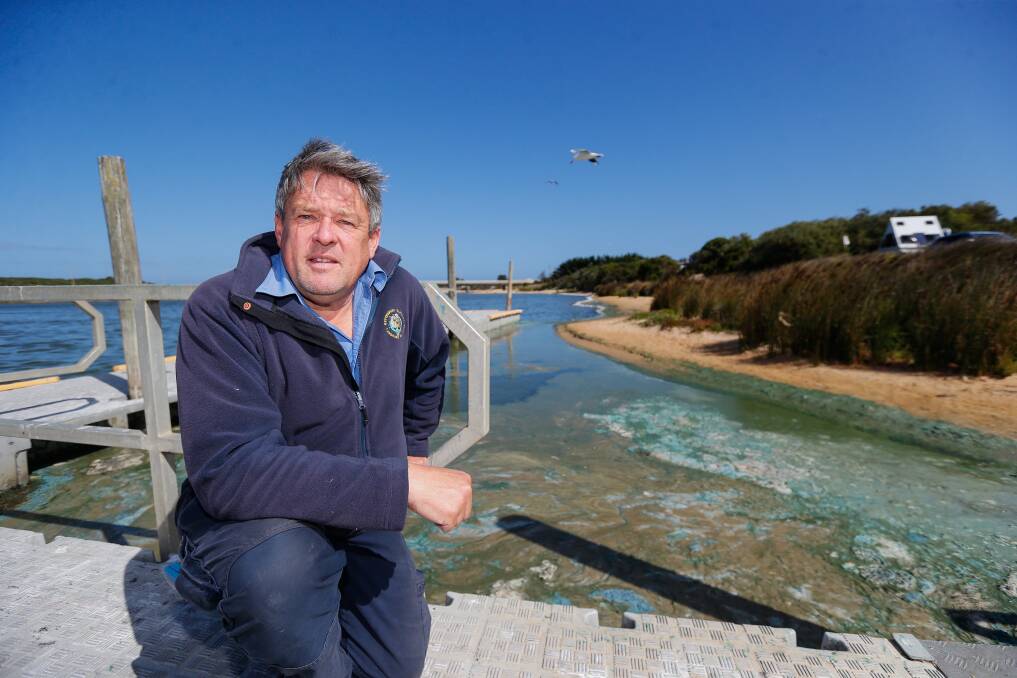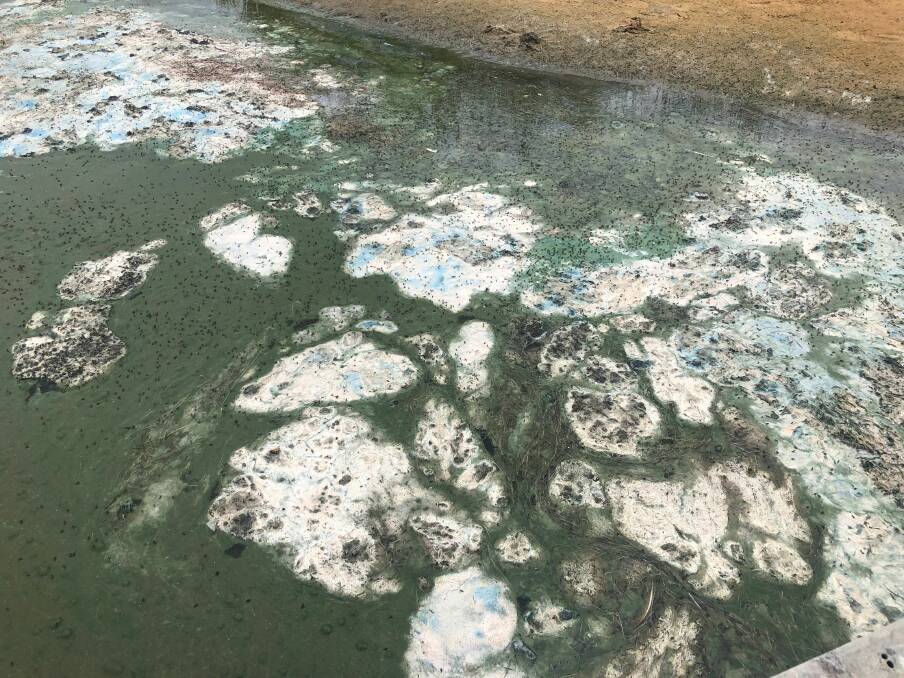
Peterborough locals were shocked to see footage of thousands of dead fish in the Curdies River, but those who have followed the long-term health of the river weren't surprised.
Subscribe now for unlimited access.
$0/
(min cost $0)
or signup to continue reading
South-west fisherman and aquatic scientist Scott Gray said much more could have been done to avoid the significant fish kill.
"It actually makes me quite sad," he said.
Residents said it was the third year that blue-green algae had blighted the river, but the recent event was by far the worst.
Peterborough Tourist Park owner Dean Hellessey said despite the previous algal blooms he had seen very little action from the Corangamite Catchment Management Authority or Victorian Environmental Protection Authority.
"Three years down the track and the authorities say they're aware of it. More needs to be done than just be aware of it," he said.
IN OTHER NEWS
- Work to start on $200m hot springs project
- Councillors vote against investigation for second time
- One third of active COVID-19 infections are in school-aged children
- 'Do not wait': Police warn firearm owners ahead of storage changes
- WDFNL mentor joins The Main Break to discuss rebuild, points and growth

When contacted by The Standard the CCMA said the problem was the responsibility of the EPA, but the EPA said it wouldn't be investigating and considered the fish kill a natural occurrence.
The problems facing the Curdies River have been clear for many years. The last major study of Victoria's waterways, which used samples taken more than a decade ago, showed the upper and lower reaches of the river were in "very poor" condition, the worst possible rating.
The analysis graded the river according to factors such as hydrology (water flow through the river), streamside zone (vegetation along the riverbank) and the quantity and diversity of aquatic life.
The top and bottom reaches of the Curdies scored only two or three out of 10 for each aspect, the worst in the entire Otway Basin. The lower reach didn't even record a score for aquatic life.
Warrnambool Angling Club member Corey McLaren said it was sad.
"With the angling club, we try and have a competition at the Curdies River every year but we haven't gone back because it's not worth it," he said.
A CCMA spokeswoman said it was following "an integrated catchment management approach to protecting and restoring catchment condition" determined by the Corangamite Waterway Strategy 2014-2022.
The waterway strategy noted up to 75 per cent of the Curdies was affected by livestock access. Heytesbury District Landcare Network Coordinator Geoff Rollinson said he was certain cow excrement had played a role in the recent fish kill.
"It was probably a combination of the cow excrement and the algal bloom," he said.
Our journalists work hard to provide local, up-to-date news to the community. This is how you can access our trusted content:
- Bookmark https://www.standard.net.au/
- Make sure you are signed up for our breaking and regular headlines and newsletters
- Follow us on Facebook, Twitter, Instagram and LinkedIn
- Tap here to open our Google News page.
- Join our Courts and Crime Facebook group and our dedicated Sport Facebook group
- Subscribe


